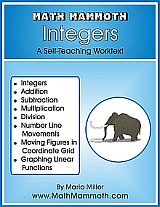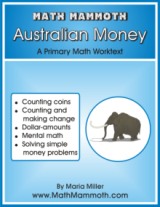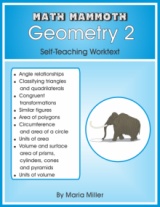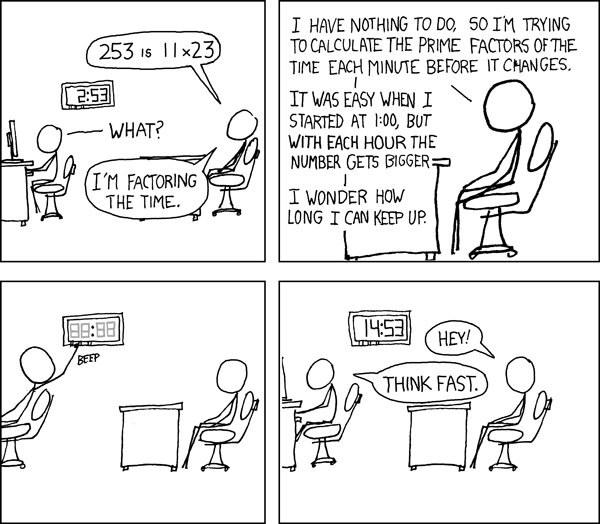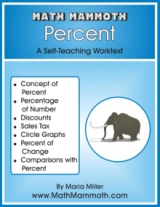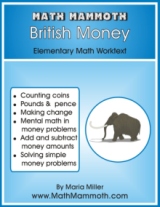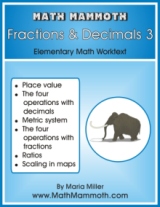Math Rider is a "math facts" software game; that is, it specifically trains and practices the basic addition, subtraction, multiplication, and division facts.
Some special features include:
- Each player has their own "account" in the game, and Math Rider is adaptive in that it trains those facts more that the child misses. I feel this is a great and important feature. More on that below...
- I also really liked the statistics. You can see a color-coded chart that shows what facts the child has mastered, what s/he has some trouble with, and what s/he has lots of trouble with. Also, after each ride, the game shows you a bar chart with a bar for each fact in that ride. The taller the bar, the longer the child took to solve the fact.

The gameplay is centered around "quests". The player sets up a "quest" by choosing which operation to practice, and on which level. From there, the game first shows a storyline for a few screens.
Then starts the practice, in which a horse jumps a hurdle every time you solve a math fact correctly. If you answer wrong, the horse doesn't whinny but snorts, and you might have time to correct your answer. If you don't, or if you can't answer a problem at all, the horse stops at the hurdle and tells you the answer, and walks through the hurdle instead of jumping it.
The program adapts the problems as you go. The problems you miss or are slow at keep appearing more often than others. The speed adapts, too. If you are fast in answering, the problems appear faster and the horse rides faster, and vice versa.

These rides are 30 problems "long." After a ride of 30 problems, you can check your progress on the "quest" on a map. The backgrounds and hurdles on these rides vary as you proceed and travel through different landscapes. Completing the quest takes several of these 30-fact rides. Once you complete the quest, you are shown several more screens of the storyline to learn how it ends, and you get a special reward item.
The storylines include for example a sick mother, for whom you need to find a special flower, or you find a magical gem that a wizard tells you keeps darkness away, and you have to deliver the gem to the elven city. On the advanced level, you get to rescue a princess.
Personally I didn't care for the wizard/magic story, but you can easily fast forward through these short stories
You can read more about the game play on the Math Rider site.
The motivational reward items include points you get from riding, and the animated items you get from completing quests (flowers, flags, a castle, etc.). Additionally, the program tracks the "mastery" level of each operation and shows that in the animated items.
This is how the statistics looks like:

Both of my girls liked the game really well. They played and played and had to be dragged away from the computer!
My 5th grader already knows the basic facts pretty well, so for her the game was mostly fun with a little bit of review. She liked the changing backgrounds and the music. I really liked the music too (you can turn it off if you don't).
My 2nd grader just did addition and subtraction, and I feel the game did some good in helping her get speedier with her facts. They both liked best the different animated reward items you get when you finish the quests, such as flowers and flags.
It could be improved by adding more storylines. Right now, there is one story for any of the "easy" levels, no matter what the operation, and similarly for the other levels.
Also, I personally feel that children would benefit a lot from practicing the addition and multiplication facts using missing addends and factors (practicing "in reverse"). For example, in multiplication, the game could use 5 x ___ = 25, and in addition, it could use 6 + ___ = 13 types of problems.
I feel the game is well done and serves very well the purpose of practicing math facts and getting "up to speed" with them. The adaptive features work well and really help the mastery to come to pass.
Of course there are so many different games and ways to practice math facts that it's hard to choose! I hope my review helps you in deciding if this game would be for you. I can definitely recommend it for what it does.
Website: MathRider.com Price: $37.
Disclosure: I was given a copy of Math Rider software for free but did not receive any other compensation.


